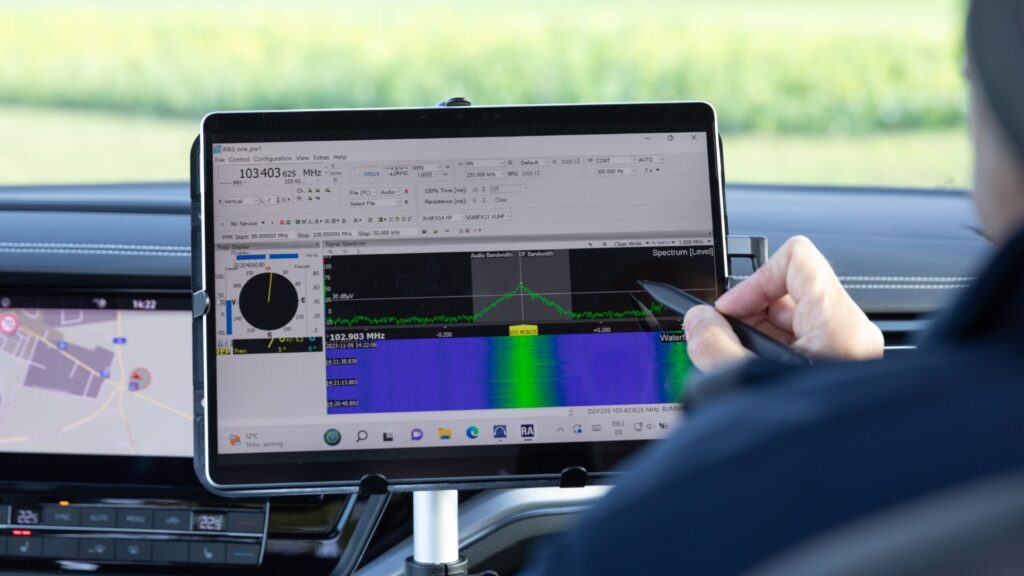More pervasive broadband expansion in urban areas and the loss of the ACP may be factors in deepening the digital divide, Ookla says
The difference between broadband speed experience in urban and rural markets is deepening, according to new analysis from Ookla.
Overall broadband speeds in the United States are improving, but Ookla found that the topline numbers mask the fact that much of the improvements appear to be coming in urban markets, rather than across the board—which means that rural markets are in some cases falling further behind in broadband speeds, even with significant broadband infrastructure investment happening.
On the bridge side, when judging broadband experience by the Federal Communications Commission’s minimum standard for fixed broadband speeds—which was increased last year to 100 Mbps down/20 Mbps up—Ookla found that the number of states with 60% or more of users achieving that speed more than doubled during 2024. In the first half of 2024, only 10 states had 60% of users hitting that speed experience, but by the second half of the year, that had risen to 22 states.
Despite that rosy overall picture, “it appears that much of that progress occurred in urban areas,” Ookla found, because the gap between urban and rural users’ broadband speed experience “became much more prominent in 32 states during that time period.”
However, 17 states did see their digital divide decrease, with the rural broadband experience coming closer to the urban one. Only one state—Kentucky—saw the gap remain the same.
Ookla cited numbers from the Fiber Broadband Association that fiber passings hit a record number last year, and the FCC has also indicated that broadband build-outs continue to progress, even without significant contributions from the Broadband Equity, Access and Deployment (BEAD) program, which is undergoing review under the Trump administration.
The states with the largest gap between the number of rural users who see 100/20 Mbps speeds and the urban users who get 100/20 Mbps are Washington state, Oregon, Illinois, Missouri and New Mexico. By Ookla’s reckoning, the widening gap looks like this: In Washington state during the second half of 2024, about 31% of rural broadband users had 100/20 Mbps speeds, compared with more than 68% of urban users—a gap of more than 37%, which had been a gap of about 32% during the first half of the year.
But how much of that is service availability, versus affordability? It’s a real question mark, and Ookla points out that “some of this increase in the digital divide is likely due to the demise of the Affordable Connectivity Plan (ACP), which provided discounted broadband services to more than 23 million low-income U.S. households. The FCC ended the ACP program on June 1, 2024, because of a lack of Congressional funding.”
If rural users relied on the ACP for help with broadband services, or help paying for faster service tiers than they would otherwise be able to afford—but then couldn’t afford those same services in the second half of the year because the ACP ended—that would help account for the change in broadband user experience.
Read more from Ookla and access the report here.
In other test news:
–Teledyne, parent company of Teledyne LeCroy, reported its first-quarter numbers today. Teledyne saw record Q1 net sales of more than $1.4 billion, up 7.4% from the same period last year. Net income was up 5.7% from the first quarter of 2024, to $188.6 million.
In its Instrumentation segment specifically, Q1 net sales were up 3.9% to $343.3 million, with operating income up 7.8% year-on-year. Teledyne said that it saw a $1.1 million increase in sales of electronic test and measurement equipment, but the growth was primarily driven by $14 million in marine instrumentation which Teledyne said was driven by demand in the offshore energy and defense markets, plus incremental sales from recent acquisitions in marine instrumentation segment.
“We achieved record first quarter sales, non-GAAP operating margin, and adjusted earnings per share,” said Robert Mehrabian, Executive Chairman. “First quarter sales reflected organic growth in every segment, coupled with the contribution from recent acquisitions.”
Mehrabian also said that Teledyne’s backlog at the end of the quarter was “an all-time record” and that orders have exceeded sales for six consecutive quarters. He also said that despite the record results, Teledyne is maintaining its earnings outlook “given the current very unpredictable environment.”
–Rohde & Schwarz is boosting its test portfolio for satellite networks, and said that Telesat has been using its test equipment for optimizing the service link design of the Lightspeed LEO network. Lightspeed is expected to provide global service by the end of 2027.
“Our work on the Telesat Lightspeed project exemplifies how innovative test and measurement solutions can accelerate the development of cutting-edge technologies, ultimately transforming global communications. The seamless integration of our high-end test equipment into this project underscores our commitment to delivering precise, reproducible results—a crucial factor for the reliable operation of Low Earth Orbit networks,” said Gerald Tietscher, Rohde & Schwarz’s VP for signal generators, power supplies and meters.
Rohde also had a couple of recent items related to spectrum monitoring. The company introduced a new post-processing platform for military signals intelligence that it says “lets operators ‘go back in time’ to examine what they might have missed between the early phase of collection and the completion of intelligence production” as part of control and visibility of electromagnetic spectrum.
Thomas Bohne, VP for SIGINT/EW at Rohde & Schwarz, said that the company’s RAMON IQzoom platform “represents the next step in achieving true spectrum dominance.”
He added: “The solution significantly enhances situational awareness, particularly in detecting covert signals, by enabling analysts to retrospectively review and analyze radio signals from up to several days prior, filling gaps, providing context, and deepening insights.”
Meanwhile, Bulgaria’s Communications Regulation Commission (CRC) will use R&S spectrum monitoring technology to upgrade its national spectrum monitoring network, upgrading seven existing fixed monitoring sites.

CRC will replace seven existing fixed monitoring sites that currently use Rohde antennas with new antennas from R&S, plus the test company’s ESMW Ultra wideband monitoring receiver, with everything being controlled by the test company’s spectrum monitoring software, ARGUS 6.3.

